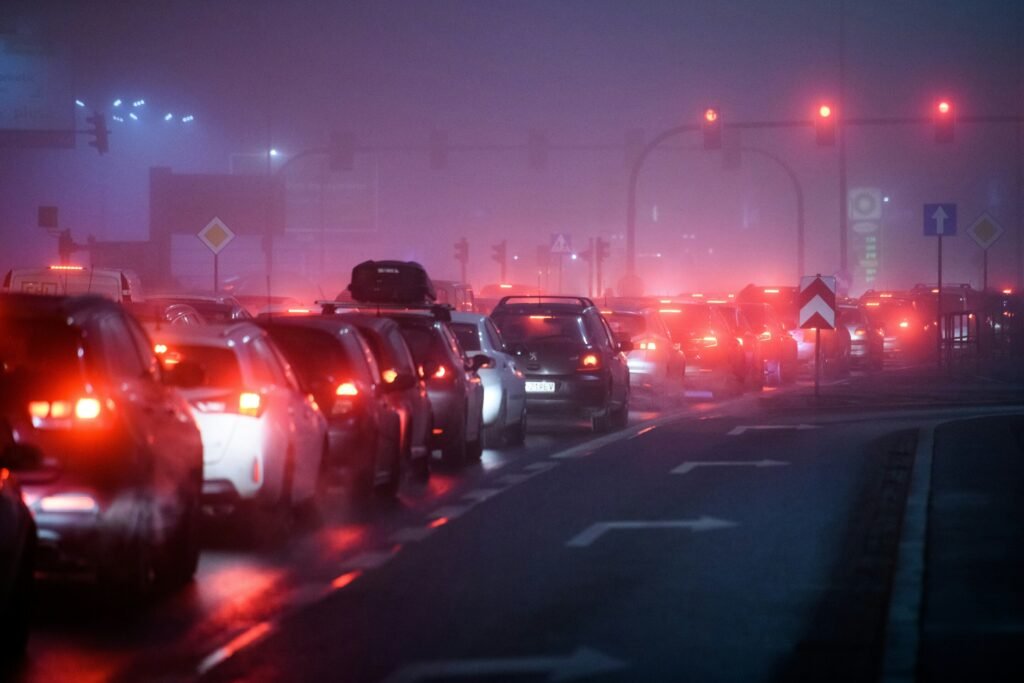It is well known that any form of air pollution is detrimental to our health. Recently, there has been an increased focus on the link between traffic-related air pollution (TRAP) and depression. A new study not only confirms previous findings on this association but also highlights the mediating effects of menstrual cycle characteristics. The results of this study have been published online in Menopause.
Due to population growth and urbanization, nearly a quarter of the US population now resides near high-traffic roads, exposing them to harmful TRAP, which includes particulate matter and nitrogen oxides. The negative health impacts, including mental health conditions, of such exposure are well-documented.
Several studies have explored the relationship between TRAP and depression, with some suggesting that women are more susceptible to the psychiatric effects of TRAP than men. These studies have consistently shown that closer proximity to traffic leads to greater depressive symptoms, regardless of the duration of exposure.
Past studies have overlooked whether these connections are independent of key variables such as sociodemographic factors and overall reproductive health. Racial, ethnic, and socioeconomic disparities exist in TRAP exposure, with minority and low-income populations more likely to live in high-traffic areas.
TRAP exposure in midlife women has been linked to changes in body composition, increased risk of type 2 diabetes, and various adverse reproductive health outcomes such as early puberty, menstrual irregularities, reduced fertility, and negative birth outcomes.
In this recent study focusing on the depressive effects of TRAP exposure, regression analyses were conducted on nearly 700 healthy reproductive-aged women participating in the Ovarian Aging Study. The researchers found a significant relationship between TRAP exposure and depression in women, independent of sociodemographic and health factors, as well as menstrual cycle characteristics. However, they also discovered that menstrual cycle characteristics may partially mediate the association between TRAP exposure and depression, reflecting broader reproductive health status.
“This study underscores the link between traffic-related air pollution and depression in reproductive-aged women. It also highlights the significant impact of socioeconomic status (SES) and reproductive health factors on the risk of depression. The association between SES and depression is particularly concerning as TRAP exposure disproportionately affects lower SES individuals, potentially increasing the risk of poor mental health in vulnerable populations,” says Dr. Stephanie Faubion, the medical director of The North American Menopause Society.
More information:
Anwesha Pan et al, Traffic pollution, reproductive health, and depressive symptoms in a healthy multiethnic sample of reproductive age women in the Ovarian Aging Study, Menopause (2025). DOI: 10.1097/GME.0000000000002483
Citation:
Study reveals link between traffic pollution and women’s mental health (2025, January 22)
retrieved 22 January 2025
from https://medicalxpress.com/news/2025-01-reveals-link-traffic-pollution-women.html
This document is subject to copyright. Apart from any fair dealing for the purpose of private study or research, no
part may be reproduced without the written permission. The content is provided for information purposes only.


